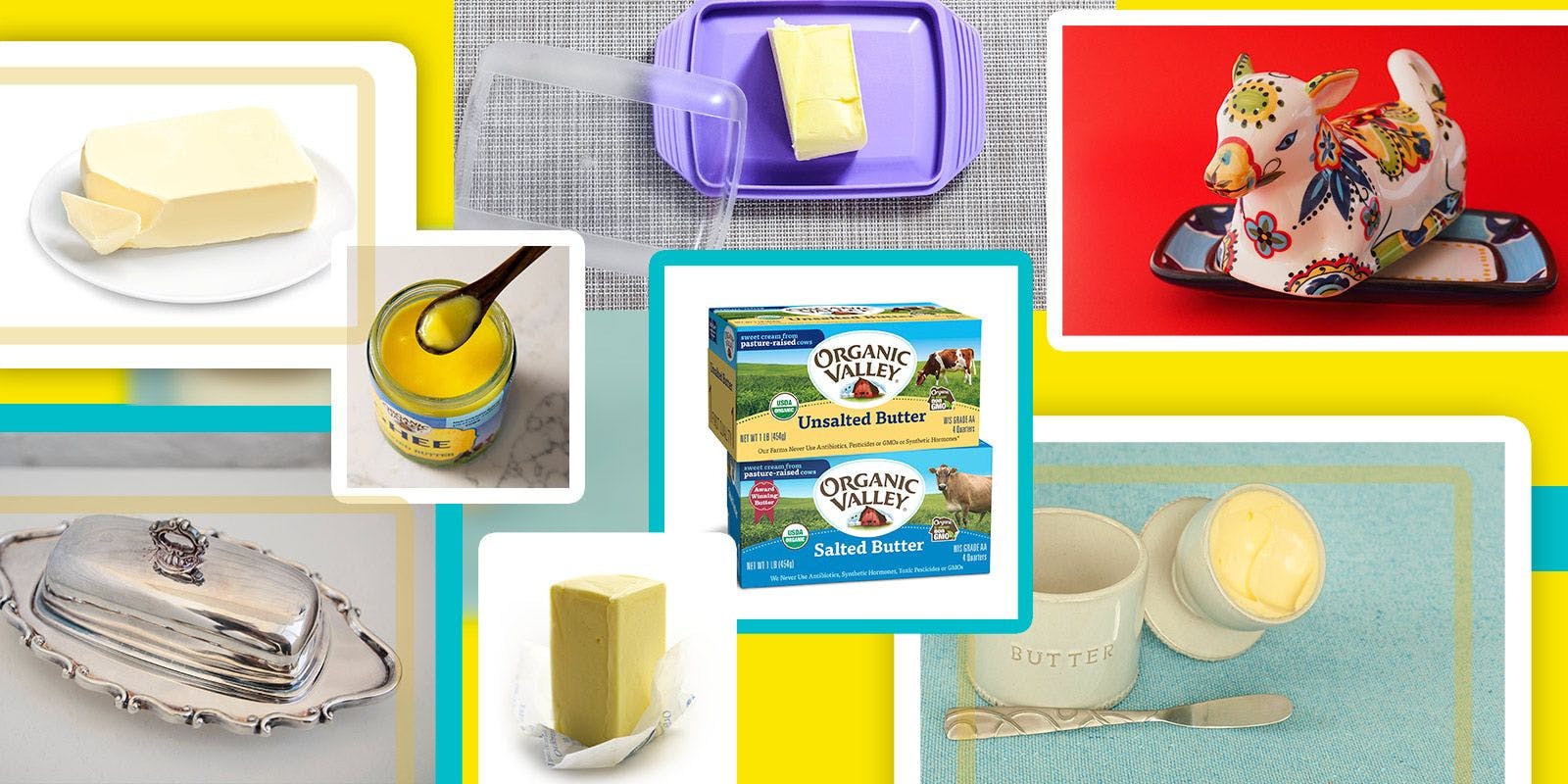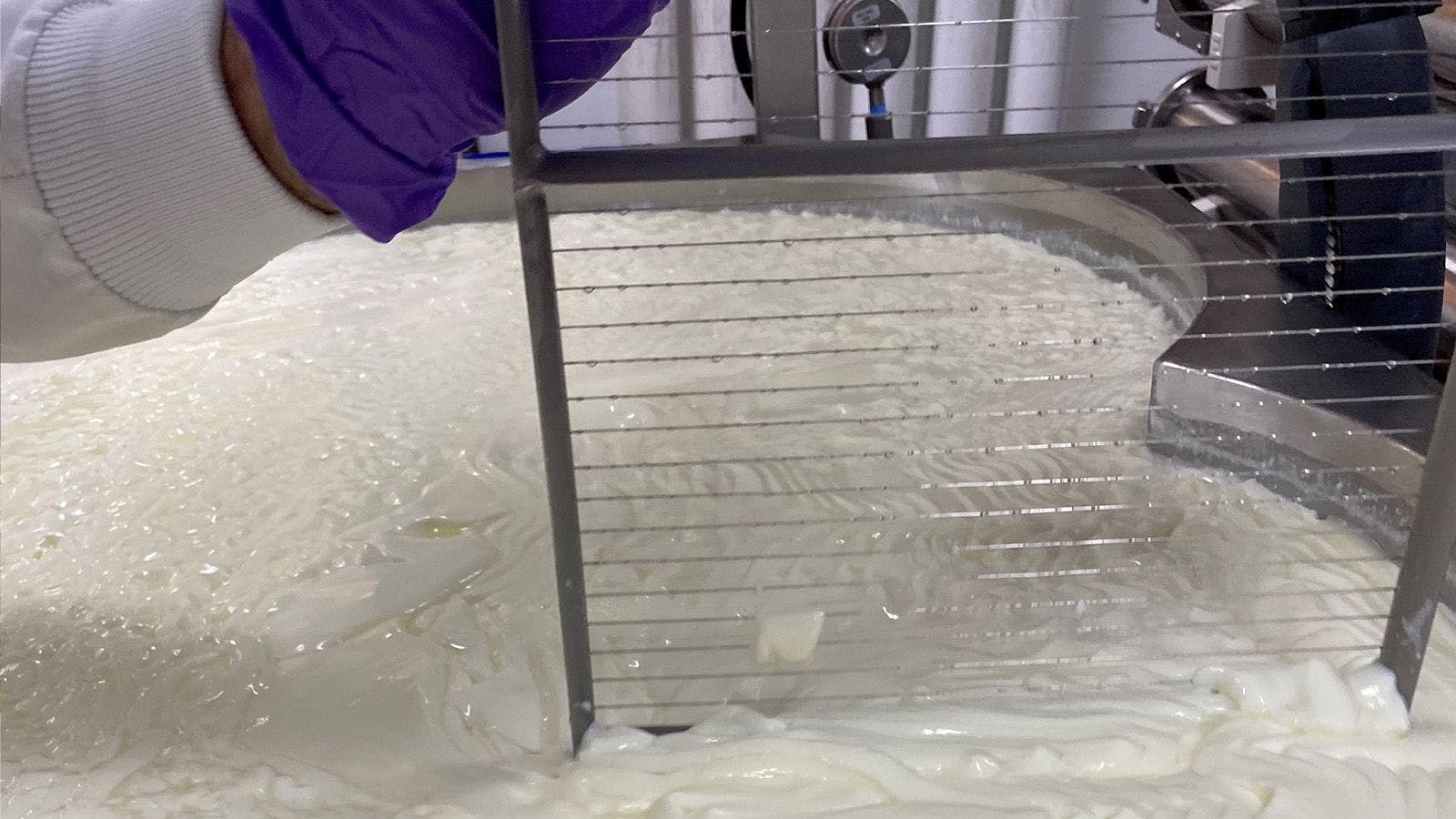
Food
The Best Way to Store Cheese to Preserve Flavor and Freshness
You’ve just enjoyed some of your favorite Organic Valley cheese — in a comforting grilled cheese sandwich, melted over a juicy burger, or on a quick snack plate — and now it’s time to put that cheese away.
Do you reach for the plastic wrap, grab a sheet of tinfoil, or pop the cheese into a plastic container? Is your refrigerator’s cheese drawer really the best place to store it? Can you stock up on cheese and keep it in the freezer like butter?
When you bring Organic Valley cheese home to your family, we want to make sure you know the best cheese storage tips to keep it fresh. Here’s everything you need to know about storing cheese so that it will last longer and taste just as delicious as the day you bought it.
What is the Best Way to Store Cheese?
The best way to store cheese will protect the cheese from the oxygen that mold needs to grow. It will also provide a barrier against drying air, excess moisture and off-flavors from other foods in your refrigerator — all of which can affect the flavor, texture and shelf life of your cheese.
“Mold likes oxygen to grow,” says Luis A. Jiménez-Maroto, assistant coordinator of cheese and dairy applications at the Center for Dairy Research in Madison, Wisconsin. “Keeping a cheese in its vacuum-sealed packaging is ideal. Once that seal is broken, it’s only a matter of time.”
Note that when it comes to storage, not all cheeses are created equal. An unopened block of relatively low-moisture aged cheese, like Organic Valley Raw Sharp Cheddar, will last in your refrigerator for several weeks in its original packaging, so there’s no harm in stocking up. And before you ask, yes — Organic Valley uses vegetarian, microbial enzymes in all of our cheeses with the exception of Blue Cheese, making them suitable for vegetarians!
On the other hand, a soft-ripened, brie-style wheel from your local cheese shop will taste best if it’s wrapped in cheese paper, kept in the fridge and enjoyed within about seven days. This delicate, higher-moisture style of cheese naturally has a shorter shelf life, so it’s not possible to store it for very long periods.
Should Cheese Be Kept in the Fridge?
Cheese should always be stored in the refrigerator to maintain its quality and ensure it’s safe to eat. The cold of your fridge slows down the microbial and enzymatic activity that affects flavor while helping to prevent mold growth and spoilage.
The best part of your fridge to store cheese is, of course, the cheese drawer, says Jiménez-Maroto. Spots to avoid include the door, which tends to run a few degrees warmer than other parts of the fridge; the vegetable crisper, which is often higher in moisture; and near the air intake, often at the top of your fridge, where your cheese may be in danger of freezing.
As for how long you can store cheese in the fridge, that also depends on the cheese style and the packaging used. For most cheeses, Jiménez-Maroto says, the answer is two to four weeks.
However, there are some exceptions. Dry, long-aged, hard cheeses like Parmesan can last for weeks or months unopened in the refrigerator and taste just as good as the day it was cut. A soft, fresh cheese like ricotta, on the other hand, has a much shorter shelf life.

Should You Store Cheese in Its Original Plastic?
After opening a fresh package of tasty cheese such as our Organic Valley Pepper Jack, it’s tempting to just fold up the original plastic, secure it with a rubber band or clip, and put it back into the fridge.
If you’re planning to finish it within a day or so, cheese stored with this quick, convenient method should be fine — but it’s not the best way to store cheese.
“What I do at home is crack open the package and throw away that plastic because it's already useless,” says Jiménez-Maroto, noting that the exterior of the packaging could lead to contamination. “I put it in a Tupperware. That will help the cheese last so much longer and protect it so much better than trying to rewrap it in its own plastic.” A zip-top baggie can also work well in a pinch.
What Is the Best Container to Store Cheese In?
Of course, we don’t always have an airtight container on hand for cheese storage, and there are lots of ways to store cheese after you remove it from its wrapper. Here’s a rundown of cheese storage methods, including the pros and cons for each.

Cheese put in a bag made of cheese paper.
Cheese Paper
Cheese paper is made with a layer of coated paper on the outside, similar to parchment paper, and finely perforated plastic on the inside. This holds in the humidity some cheeses need to prevent drying out while also allowing a little airflow. In fact, you can substitute cheese paper at home by wrapping cheese in parchment paper, then enclosing it loosely in a plastic bag.
Cheese paper is ideal for storing soft-ripened cheeses, washed-rind cheeses and other artisan cheeses, which is why it’s often the cheese wrapping of choice at specialty shops. However, it doesn’t provide the kind of airtight seal that can give hard, aged cheeses a shelf life of several weeks or longer in the refrigerator. It can also get damaged if it comes into contact with moisture or tears when you unwrap the cheese.
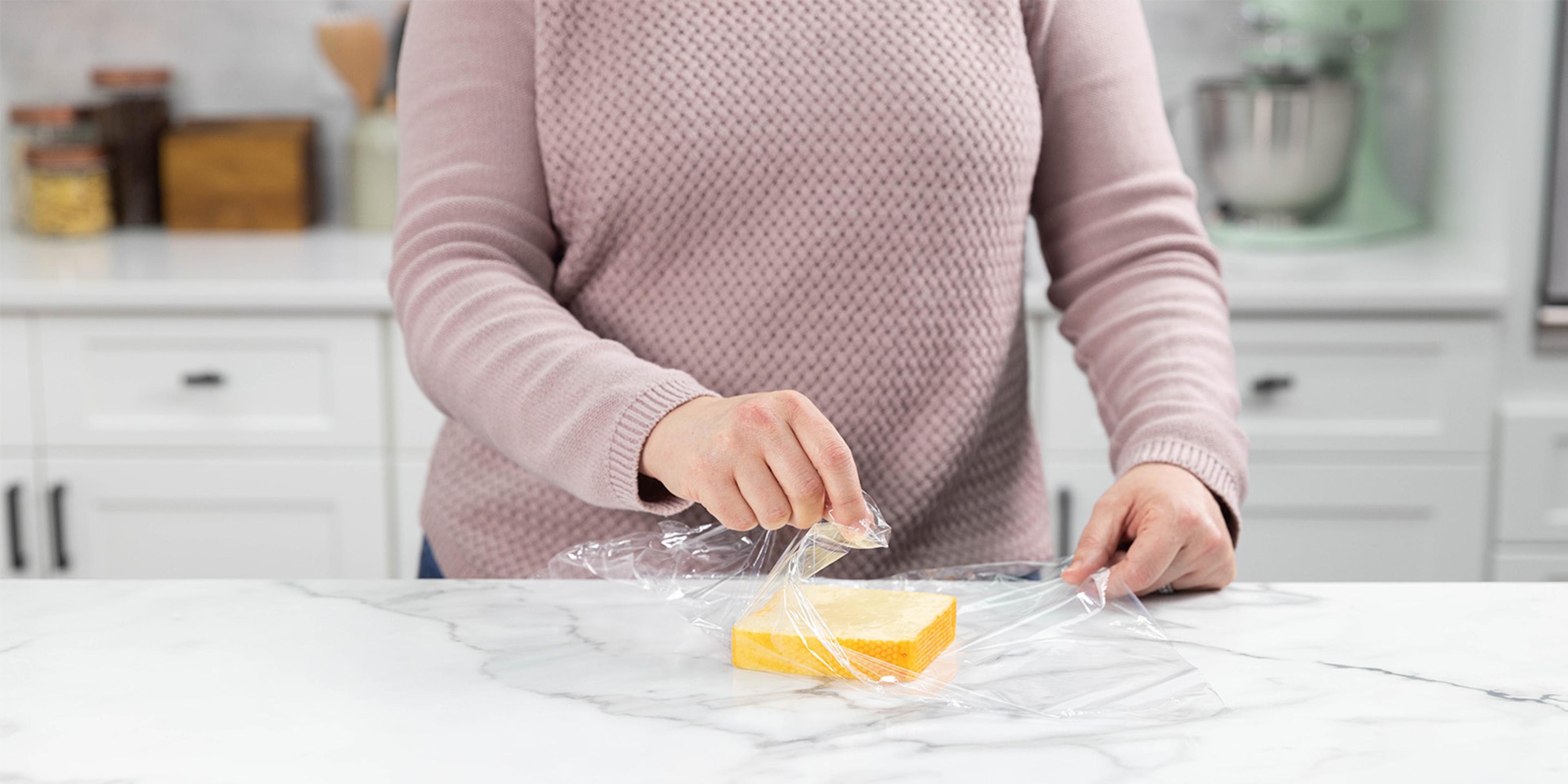
Plastic Wrap
Convenient, affordable plastic wrap comes in handy for rewrapping a block of Organic Valley Muenster after making a sandwich. Unlike cheese paper or aluminum foil, it’s transparent, meaning you can easily see what you’ve got in the cheese drawer when you’re rummaging for a nutritious snack.
Unfortunately, there are some drawbacks to wrapped plastic, too.
“Cellophane plastic is barely a barrier,” says Jiménez-Maroto. “It will absorb smells from the refrigerator, it's open to the air and it's not vacuum sealed. If there are any mold spores, they're going to have a party in that cheese.” Depending on the type and age, he says, you can expect cheese stored wrapped in plastic to get moldy in two to four weeks.
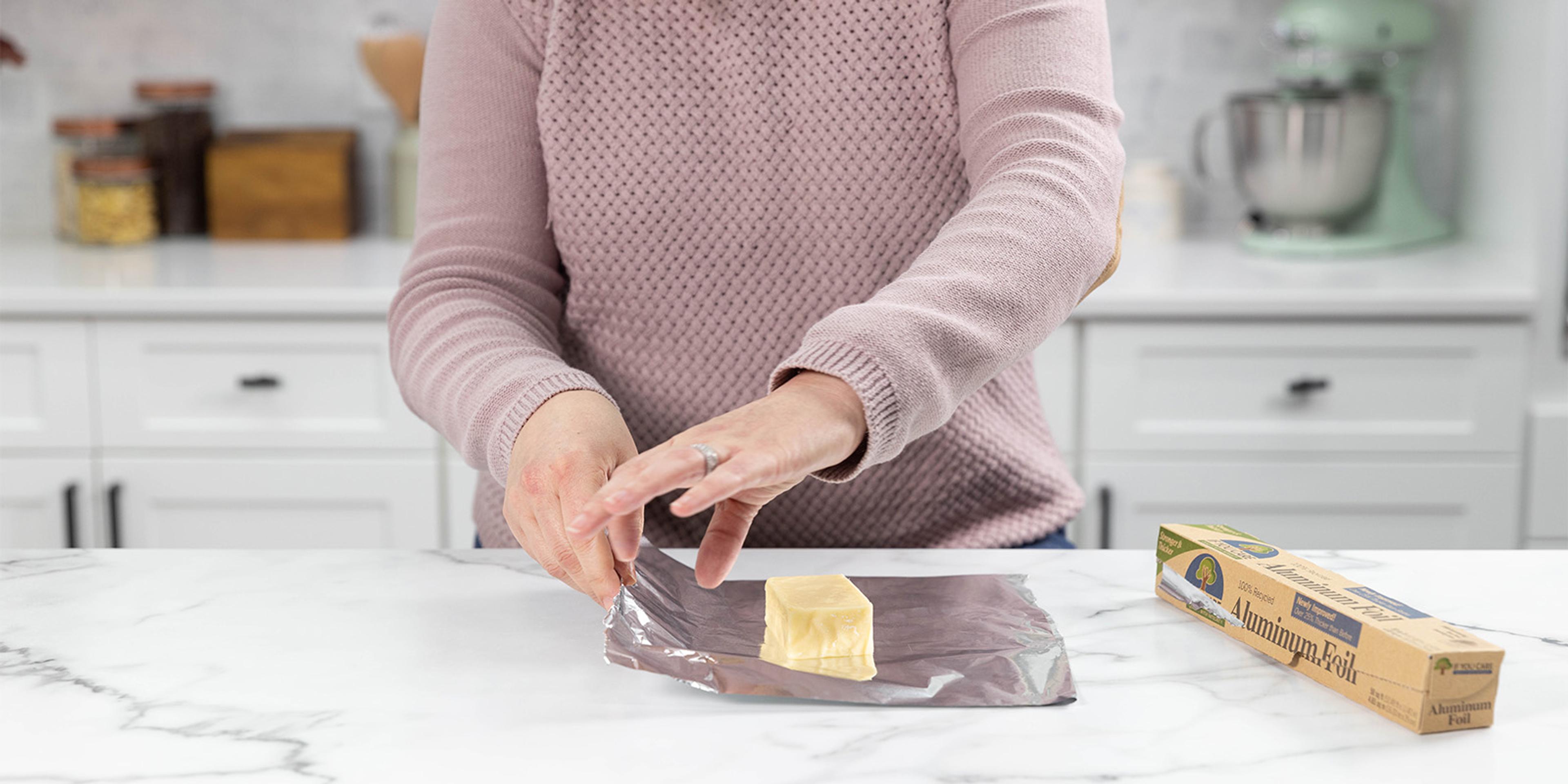
Aluminum Foil
Foil has all kinds of uses in the kitchen, but it’s not the best way to store cheese. Like plastic wrap, it’s a pretty flimsy barrier when it comes to keeping cheese fresh — and keeping dryness, excess moisture, mold, and off-flavors away from your cheese. Plus, the acids and salts in some cheeses may react with the foil and impart a metallic taste.
If aluminum foil is your only option, you can use it to wrap hard, low-moisture styles of cheese for a very short period of time — think a couple of days rather than a few weeks.
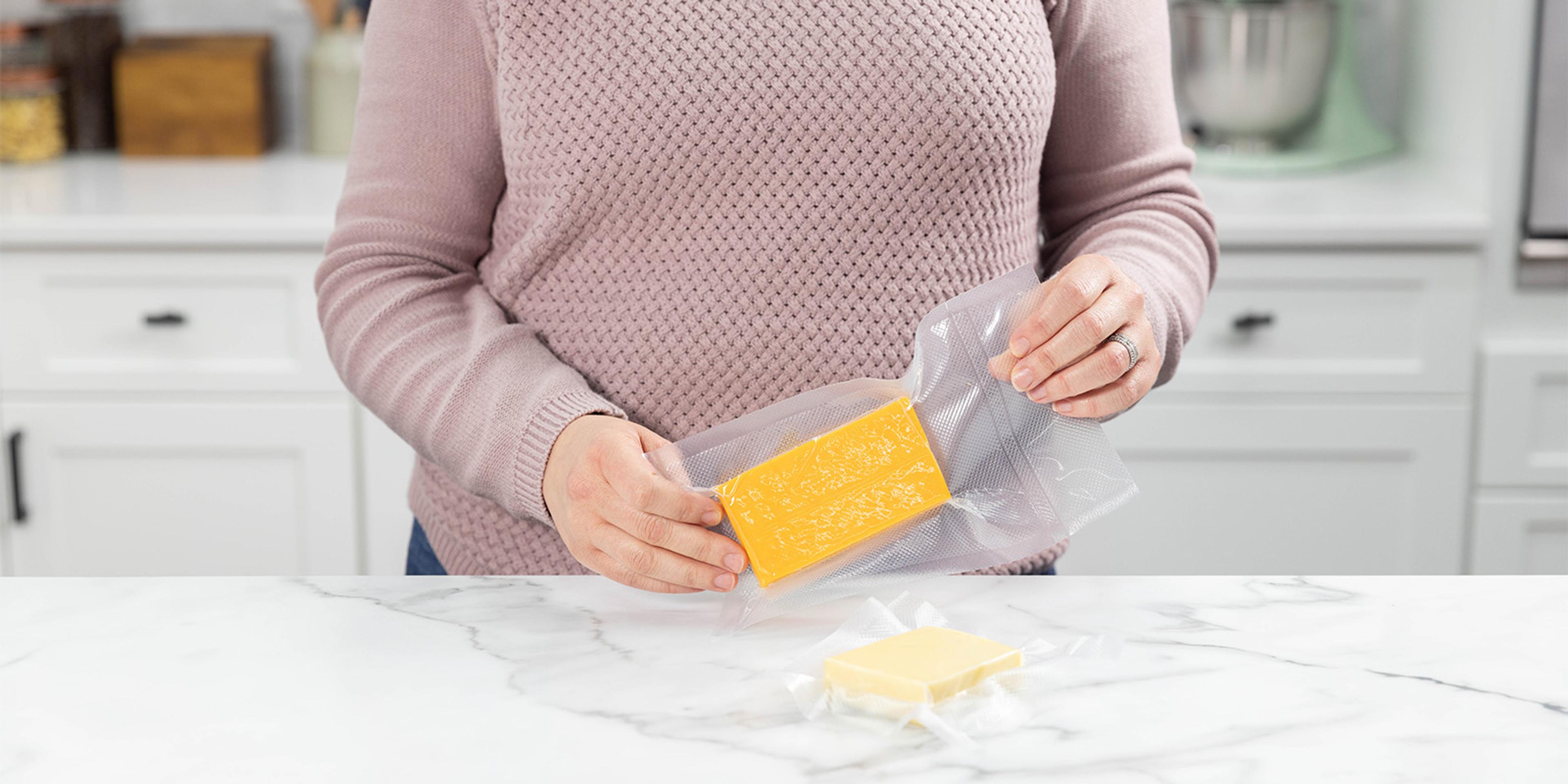
Vacuum Sealer
If you’ve got a vacuum sealer, it’s not a bad idea to bust it out for rewrapping cheese at home. After all, we at Organic Valley vacuum seal our cheeses to preserve their flavor and freshness.
Resealing your cheese after opening removes the oxygen that can lead to mold growth. It also protects your cheese from absorbing off-flavors or being damaged by excess moisture and can significantly extend shelf life, especially for low-moisture hard cheeses.
However, vacuum sealing isn’t recommended for bloomy-rind, washed-rind or other soft-ripened cheeses. The cost of those vacuum sealer bags can add up over time and lead to excess plastic waste, too. If you go this route, it’s best to vacuum seal a piece of cheese you’re planning to save for much later rather than using a new bag each time you want a bite of cheese.

Airtight Container
For Jiménez-Maroto, the best way to store cheese at home is in an airtight container. We use airtight plastic containers to keep our convenient Blue Cheese Crumbles and our Shredded Parmesan tasting as fresh and flavorful as possible, but a glass container can also work well at home. Because our products are certified organic, and GMO ingredients are never allowed in organic foods, you can trust that Organic Valley cheeses are GMO-free.
Make sure the container is clean and dry before using it to store cheese, to avoid contaminating the product or introducing moisture that can cause mold growth. Cheese stored in an airtight container is also a more sustainable and budget-friendly option, since you’re not generating plastic waste every time you want to reopen the package.
How Do You Store Cheese for Years?
Cheese can age for weeks, months, or even years before it’s cut, packaged and sold. But is there a way to store cheese for years at home?
“Is it possible? Yes, but that’s highly dependent on the cheese and storage conditions,” says Jiménez-Maroto.
For example, long-aged, low-moisture, higher-salt cheeses like Parmesan or cotija can last for several months or even up to a year without noticeable changes to flavor or texture, he says. But they must be stored unopened in their original vacuum packaging in the refrigerator at temperatures ranging from 36 F to 40 F.
Can You Freeze Cheese?
The other option for storing cheese for several months or years is the freezer, which Jiménez-Maroto says is possible — with a few caveats.
Many semi-soft and semi-hard cheeses, like low-moisture mozzarella, Havarti, Muenster and mild or medium cheddar, freeze well in their original packaging, especially when pre-shredded. They’ll keep in the freezer for anywhere from 12 months to two years with little change in flavor or meltability. But freezing can ruin soft or fresh cheeses like brie or ricotta and affect the taste and texture of longer-aged, low-moisture cheeses like Parmesan and aged cheddar.
Jiménez-Maroto also notes that fluctuating temperatures in your freezer can negatively affect the quality of frozen cheese.
“The freezers in home refrigerators are food torture chambers due to the defrost cycle. It will warm up the space a few degrees to defrost the coils, then cool down again,” he says. “This allows some of the frozen water in food to melt, then refreeze, which causes issues like freezer burn.”
If you decide to freeze your cheese, Jiménez-Maroto recommends allowing it to thaw in the refrigerator for five to seven days before digging in. This gives the moisture more time to redistribute throughout the cheese.
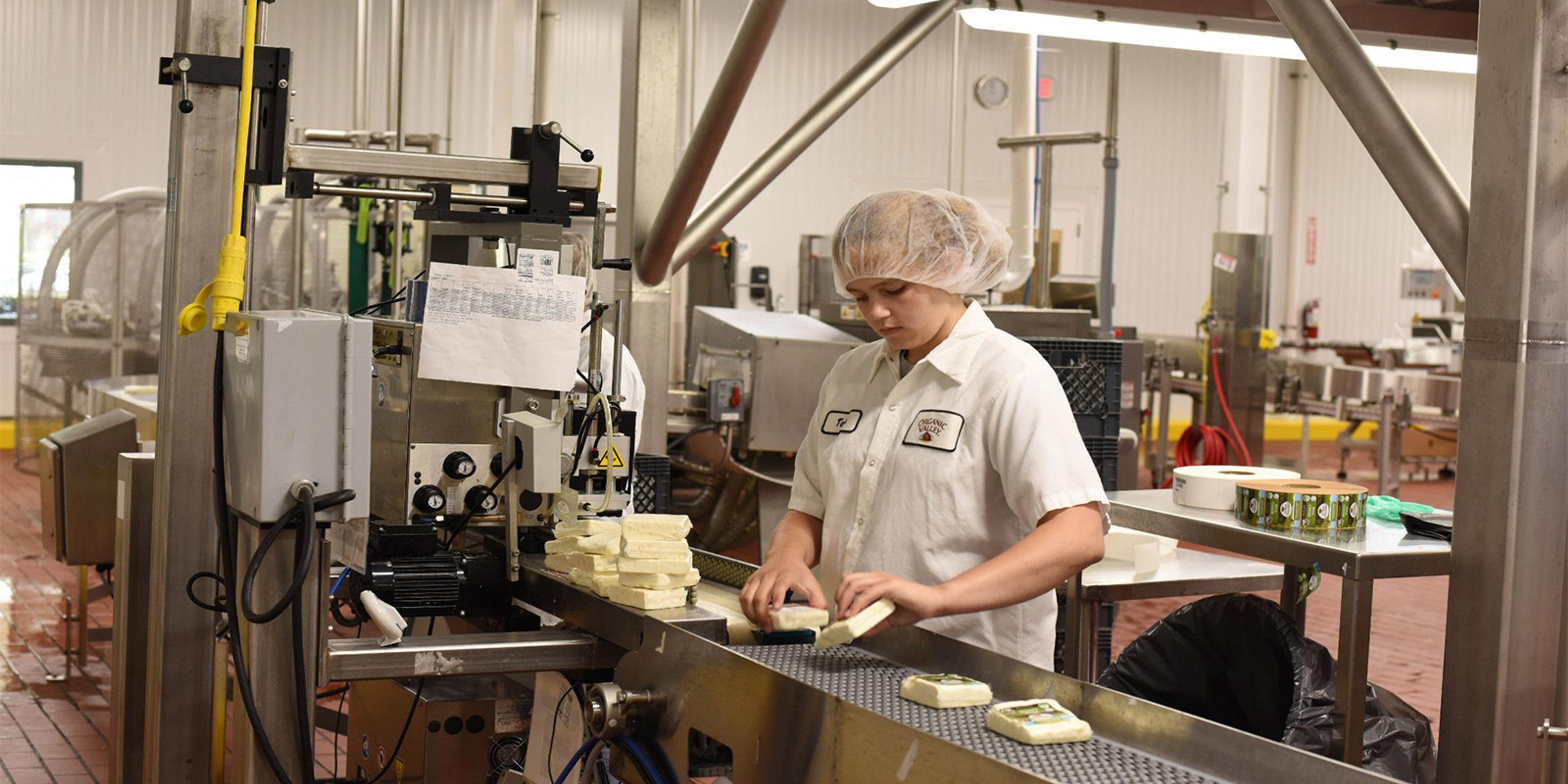
Cheese processing at Organic Valley’s Wisconsin facility.
While it’s possible to freeze cheese, we think Organic Valley cheese tastes its best when it’s never been frozen, especially if you plan to enjoy it on a snack plate or cheese board rather than cooked or baked into a recipe.
We recommend purchasing the amount of cheese you’ll use within the shelf life printed on the package, which is often several weeks or months, and storing it using the best practices we’ve described here.
How Do You Store Cheese Without Refrigeration?
Humans have been making and eating cheese for around 9,000 years, and the electric refrigerator has only been around for a little over 100 years. Is it possible to store cheese out of the fridge, and if so, for how long?
Technically, it’s possible to store cheese out of the refrigerator, but the question isn’t quite that simple. Before the advent of modern refrigeration, people stored cheese in cool, dark places like caves to keep it from going bad as quickly in colder climates. In hot climates, they packed cheese in vessels full of salty brine and buried them in the ground to keep the temperature cool and consistent.
However, there’s no need to resort to these methods today. Storing cheese in the refrigerator is the best way to preserve its freshness and flavor and extend its shelf life.
In fact, fresh cheeses like mozzarella and chevre must be refrigerated to be enjoyed safely, says Jiménez-Maroto. Other styles, like soft-ripened and washed-rind cheese, will go bad and get moldy more quickly and may not be safe to eat if unrefrigerated.
Dry, hard cheeses like Parmesan, Asiago and long-aged cheddar are a little more durable when it comes to storage, he says. In some parts of Europe, it’s commonplace to keep aged cheese under a glass dome on the kitchen table. That way, it’s always at the perfect temperature to be enjoyed, but you’d only want to do this for a few days at most.
To ensure that the cheese you buy tastes its best and is safe to eat, store it in the refrigerator. If you’re enjoying the cheese on a charcuterie board, you can leave it out at room temperature for half an hour or so before you plan to enjoy it so that the cheese has a chance to warm up.
Cold mutes the flavors and aromas of cheese and can give it a stodgy, waxy texture, so you’ll enjoy it much more if it’s at room temperature. However, if you’re cooking or baking with cheese, you can use it straight from the refrigerator.

Will Improper Storage Make Cheese Lose Its Taste?
Storing cheese the wrong way can do more than affect its taste and texture. Too-high temperatures or cross-contamination from improper cheese wrapping can lead to mold and other unwanted microbes. Poor storage can give cheese plastic, cardboard or bitter off-flavors or introduce pathogens, which can cause foodborne illness.
“Cheese is a living thing,” says Jiménez-Maroto. As cultures and enzymes break down fats and proteins, cheese’s flavor and texture will change, and not always for the better. “Microbial growth and chemical reactions become slower as storage temperature is reduced, which is why the refrigerator is a magical thing for making food last longer.”
The bottom line is that knowing how to store cheese will help your cheese last longer, saving you money and making sure you get to enjoy every last bite. The best way to store cheese protects it from mold, air, excess moisture and off-flavors while keeping it at a food-safe temperature.
But whatever method you choose, Jiménez-Maroto has one more piece of advice that will ensure your Organic Valley cheese will be fresh, delicious and mold-free every time.
“I recommend eating it faster,” he says.
We can definitely do that!
Alexandra Jones is a writer, author and former cheesemonger based in Philadelphia. After a career working with sustainable farmers introduced her to the world of cheese, she’s dedicated to educating eaters about this fascinating food. Her book Stuff Every Cheese Lover Should Know was released in 2020.
Related Articles
- Tags:
- high quality products














